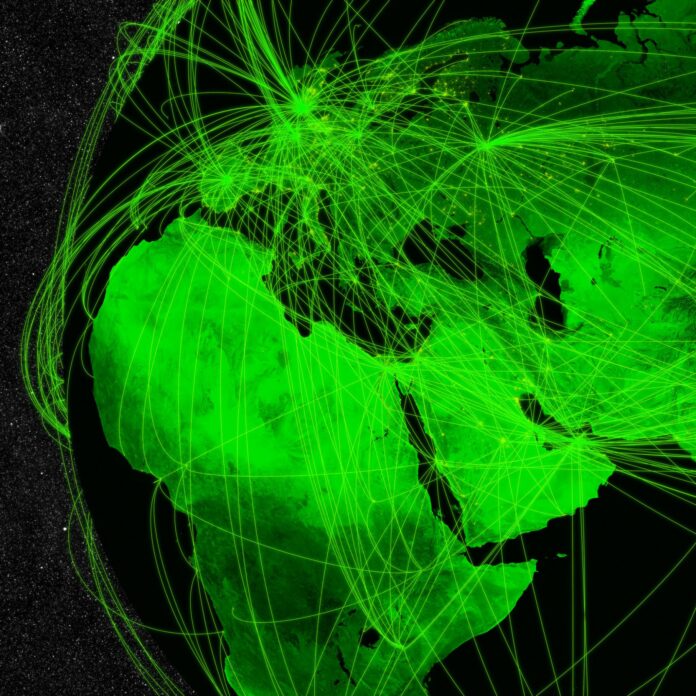Swedish firm looks to deploy VEPC in the cloud by Q3 2016, as it prepares for 5G
Swedish telecom operator Tele2 announced the launch of its network functions virtualization strategy, through which the telco is looking to have the first live application in the form of a virtual evolved packet core in the cloud by the third quarter of 2016.
Tele2 said NFV technology will enable it to offer a broader range of services in the enterprise, consumer and “Internet of Things” markets. The operator also said big data, coupled with advanced analytics, will be vital to the implementation.
“The ‘5G’ standard will be ready by 2020, and in the field one or two years later,” said Niklas Sonkin, EVP and COO at Tele2. “Cloud and virtualization are important building blocks in the foundation of 5G technology.”
Tele2 selected Canonical’s BootStack cloud management platform, which is based on OpenStack’s open source cloud computing software. Canonical will also supply its Juju service modeling tool, which is designed to allow service providers to configure, manage and deploy new cloud-based services.
Huawei will supply the rack mount servers, while Cisco will provide its ACI solution. The Swedish operator said the entire data center network will be built on a future proof spine/leaf network with modern 25Gb/100Gb connectivity.
Tele2 offers mobile services, fixed broadband and telephony, data network services, content services and global machine-to-machine/IoT solutions. The firm claims 14 million customers in nine countries.
Huawei deploys AAU solution for Finnish Shared Network
In other EMEA news, Finnish Shared Network deployed the Huawei Active Antenna Unit solution in northern Finland, which is designed to improve network quality and provide an optimal mobile broadband experience.
SYV is a joint venture between Finnish mobile operators TeliaSonera Finland and DNA. Recently, SYV started to reconstruct the networks of the two operators using Huawei’s AAU solution in a move to improve shared network performance and reduce joint operational costs. Huawei’s AAU solution has been commercially deployed by 90 operators from 59 countries, including China, across Europe, Canada, South America and Asia Pacific.

